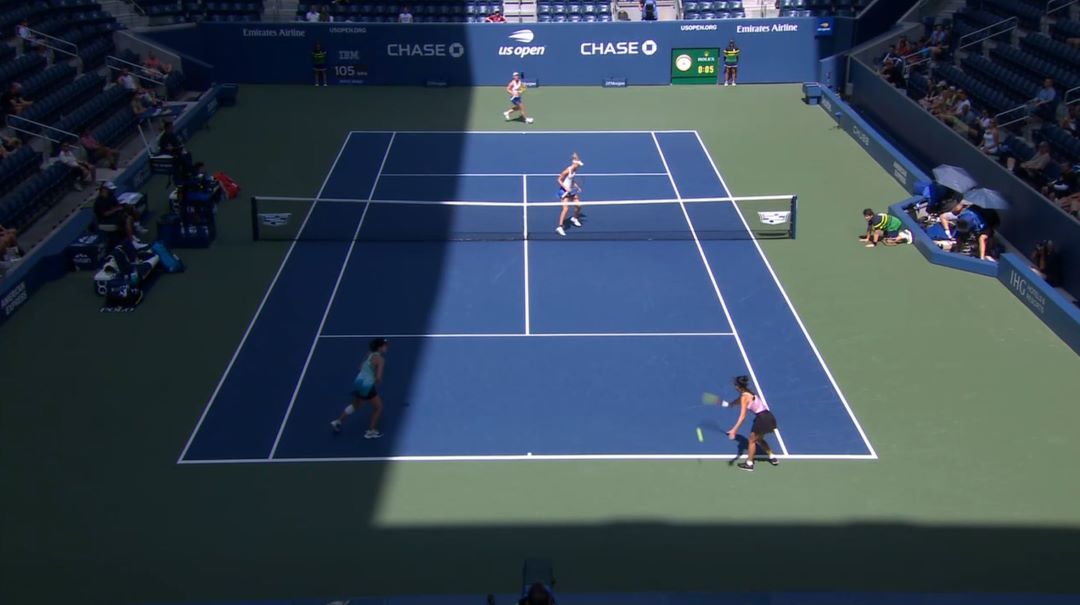The post “2021 USTA League Regulations: No Longer A Plus” gave my take on a new rule for that year. It was an examination of the impacts of eliminating “Plus” divisions from USTA League play. Unlike so much of my writing from the initial year of this blog, it is a post that I would still consider publishing today.
As a refresher, the “Plus” Leagues of yore allowed a limited number of players at an NTRP level above the roster’s baseline level. For example, the 5.0+ team I once captained was allowed to have two 5.5 players on the roster. However, only one of those 5.5s could be in the lineup each week. An additional restriction required the above-level player to be placed on line 1 in either singles or doubles.
Within the past couple of months, an explanation for why “plus” divisions were eliminated reached my ears from a very credible source. The account backed up something I had previously heard from a local league representative that, quite frankly, I originally dismissed as probably inaccurate. Now, I am starting to think that the original story was true.
In a nutshell, captains in plus leagues were going to great pains to keep their “plus” players from competing head to head. The result was that a couple of lines each week would be lopsided. Tennis was deemed to be “not fun” for the players that were overmatched. Consequently, a decision was made to eliminate the “plus” players to remediate the situation.
Unfortunately, that decision left the handful of “plus” players without a viable place to play at the local level. Those players are faced with limited competitive opportunities and that decision shut one of those down. Those “plus” leagues existed in the first place because there aren’t enough players to sustain USTA League play at the upper NTRP levels.
The crazy thing about this reasoning is that stacking lineups occur even in the absence of the “plus” players, as described in yesterday’s post. It is a little duplicitous to act as if stacking only occurs by the small subset of teams that have above-level players. The USTA ecosystem is oddly inhospitable to adult players who have achieved a very high level of performance mastery.
USTA League isn’t a good fit for the players at the tip of the competitive pyramid. Unfortunately, the dearth of local tournaments has effectively eliminated that as a competitive outlet for players. There needs to be something in between. The tragic reality is that grassroots tennis product providers are highly incentivized to prioritize USTA League. It isn’t realistic to look to those organizations for a solution.
I had originally planned to start into what an alternative engagement mechanism for the top-tier tennis players should look like tomorrow. However, I have come to the realization that it is more than I can tackle with the remainder of this “Unplugged” weekend. It is going to be a few weeks before I fully return to this topic.
Fortunately, I have one more quick hit that rounds out how the disparity in competitive levels is a buzz kill for USTA League. As it turns out, two is a terrible number.




With the emergence of the dynamic WTN rating, teams could be required to play in order of strength based on this number. It is easily found in each player’s USTA profile.
Would this be a possible solution to stacking?
It is a possibility, but the fidelity of WTN needs to come up before that can happen.